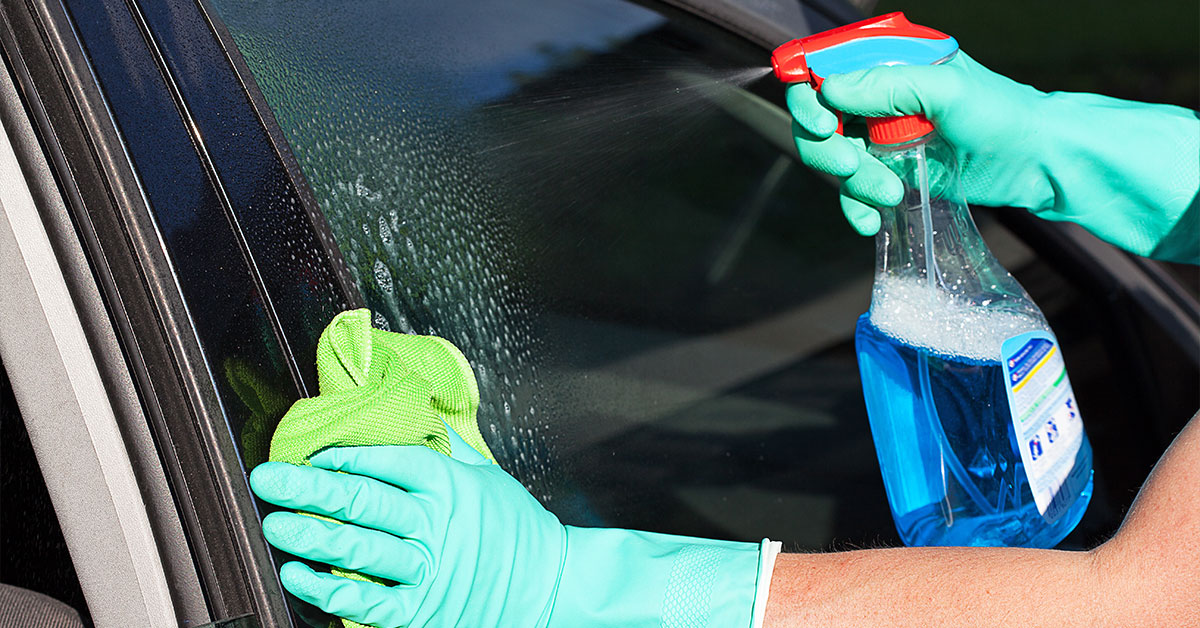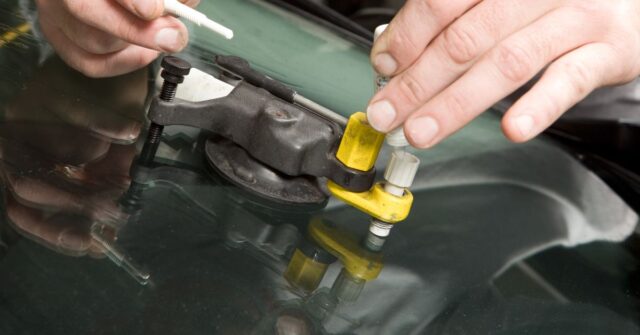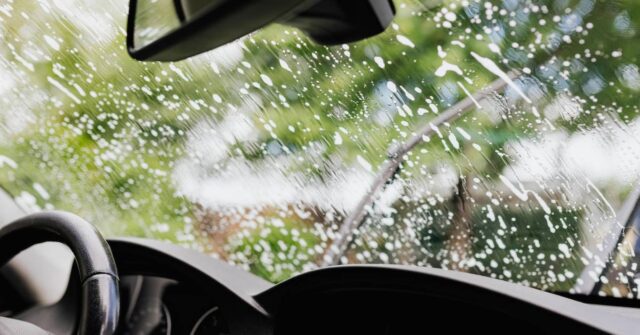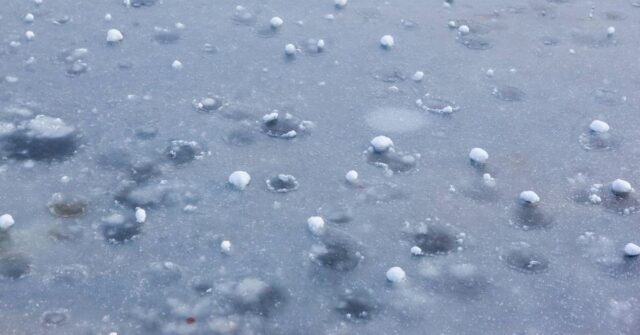Ensuring clear visibility while driving is not just about aesthetics; it’s a vital safety concern.
In Australia’s unique climate, with its red dust in the outback and salty sea spray along the coast, keeping your car’s windows clean can be a challenge.
This guide is designed to help you achieve crystal-clear windows, enhancing your driving experience and safety on the road.
Introduction to Car Window Care in Australia
Australia’s harsh sun and frequent bushfires can create a film of dust and soot on your car’s windows, reducing visibility and potentially compromising your safety.
Understanding how to combat these elements to maintain clean car windows is essential for every Australian driver.
The Importance of Visibility and Safety
Clean windscreens and windows are not just about the look of your car; they are crucial for maintaining maximum visibility.
The glare of the Aussie sun can be unforgiving, and any streaks or residues can significantly reduce your ability to see hazards.
Understanding the Australian Climate Impact on Your Car’s Glass
The diverse Australian climate, from tropical north to temperate south, can wreak havoc on your car’s glass surfaces.
Knowing how to deal with these conditions can prevent permanent damage and maintain your car’s value.
Pre-Cleaning Essentials
Before you start the cleaning process, it’s important to gather all necessary supplies and understand what you’re up against.
Bird droppings, tree sap, and road grime are common adversaries for Aussie drivers.
Gathering Your Cleaning Supplies
Quality microfiber cloths, a good glass cleaner, and distilled water are a few essentials. Avoiding tap water can be beneficial as it often contains minerals that can leave deposits on your glass.
Identifying Common Windscreen and Window Contaminants
Besides the typical dirt and dust, be on the lookout for substances like tar, which can be tricky to remove and may require special attention and products.
Step-by-Step Cleaning Guide
A methodical approach to cleaning your car’s windows will ensure that you don’t miss a spot and that the end result is as perfect as can be.
How to Prepare Your Car for Cleaning
Start by parking your car in a shaded area to prevent the cleaner from evaporating too quickly, which can leave streaks. Then, ensure all windows are fully closed.
Wash Your Car First
Before you get started cleaning your windows with a window cleaner, it is essential to first wash your car exterior using your standard car washing procedure.
This will remove any dust and dirt build up allowing the glass cleaner a fresh slate to work with.
Detailed Cleaning of the Windscreen
Apply your glass cleaner liberally to the windscreen and use a microfiber cloth in a circular motion to remove all grime. Follow up with vertical and then horizontal strokes for a streak-free finish.
Techniques for Side and Rear Windows
The side and rear windows require the same attention as the windscreen. Remember to roll down the windows slightly to clean the top edges where a lot of grime can accumulate.
Finishing Touches for a Streak-Free Shine
After cleaning, buff the glass with a clean, dry microfiber cloth. This will remove any remaining streaks and give your windows a professional-grade shine.
Choosing the Right Cleaning Agents
The cleaning agent you choose can make a significant difference in the outcome. Whether you opt for a store-bought glass cleaner or a homemade solution, make sure it’s designed for automotive glass.
Chemical vs. Natural Cleaning Solutions
While chemical cleaners are effective, natural solutions like vinegar can also provide a streak-free shine without the harsh odours or potential for chemical damage to car surfaces.
Maintaining Your Clean Windows
Regular maintenance can extend the time between deep cleans and make the process easier when it’s time to clean again.
Routine Maintenance Tips
Regularly wiping down your windows with a microfiber cloth can prevent the buildup of contaminants. Also, treating your windscreen with a water repellent can make cleaning easier.
Protecting Your Windows from Harsh Elements
Whenever possible, park your car under cover and use window shades to protect it from the sun’s rays and reduce the temperature inside your vehicle.
Advanced Tips and Tricks
For those stubborn spots and an extra level of cleanliness, here are some professional tips that can make a difference.
Tackling Tough Stains and Residues
Using a clay bar can help remove embedded contaminants from your glass that normal cleaning can’t tackle.
DIY Solutions and Home Remedies
Baking soda and water can create a powerful cleaning paste, and rubbing alcohol can help remove sticky residues like tree sap.
Understanding Window Tinting and Care
If your car has tinted windows, cleaning them requires a gentle touch and the right products to prevent damage to the tint.
The Dos and Don’ts for Tinted Windows
Never use ammonia-based cleaners on tinted windows, as they can break down the tint. Always use a softer cloth to avoid scratching the film.
How to Prolong the Life of Your Window Tint
Clean tinted windows with a soft microfiber cloth and a mild detergent. Avoid harsh chemicals and abrasives at all costs.
Legal Considerations for Australian Drivers
There are legal requirements regarding the cleanliness of your windows and the level of tinting allowed. These laws are designed to ensure your safety and the safety of other road users.
Regulations on Window Cleanliness and Visibility
In Australia, driving with severely dirty windows that obscure your vision can be a legal offence. Regular cleaning is not just recommended; it’s a requirement for roadworthiness.
Window Tinting Laws in Australia
Each state has its own regulations regarding window tinting. Ensure that your car complies with the Visual Light Transmission (VLT) percentage that’s legal in your state.
Conclusion
Clean car windows are an essential part of vehicle maintenance. Not only do they contribute to the aesthetic of your vehicle, but more importantly, they are critical for safe driving conditions.
By following the steps outlined in this guide, you can ensure your windows remain clear and sparkling, even in the unique Australian environment.





